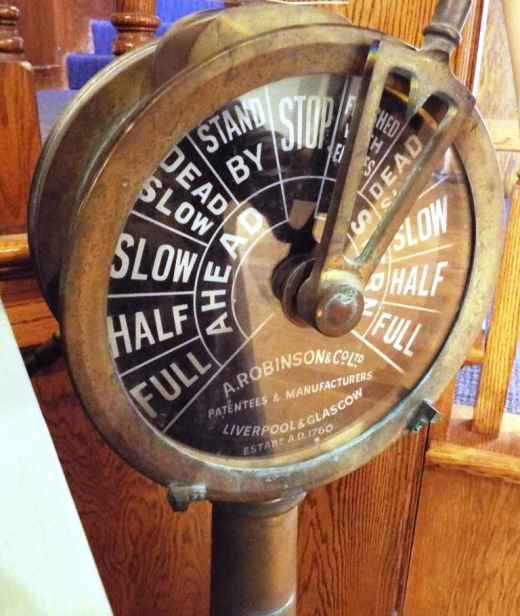La Conchita, Located on Western End of Ventura County
/La Conchita is an unincorporated, beachside community of about 300 residents in the westernmost section of Ventura County.
We all pass by La Conchita as take the 101 to Santa Barbara. From time to time, though we pull off the 101 at Santa Barbara Avenue, where we are promptly "greeted" by the sign shown below after crossing the railroad tracks.
The WARNING sign indicates "The La Conchita Community is a geologic hazard area. County officials advise against entry into the hazard area. Based on the present information known about ancient landslides and the 1995 and 2005 landslides, the following geological hazards are present:
- Catastrophic Failure: The large ancient landslide mass located above the Community could potentially fail, impacting residences within the Community AT ANY TIME AND WITHOUT WARNING.
- Mudflows: Mudflows could potentially impact all residences and access roads within the Community.
- Catastrophic Failure and Mudflows: Should both events occur simultaneously, the Community could be impacted.
- No excavation (removal of earth material) or grading should be performed in the Community without recommendations from a geologist and/or geotechnical engineer and review by the County of Ventura, Public Works Agency.
THERE IS NO WARNING SYSTEM FOR THESE HAZARDS. ENTER AT YOUR OWN RISK.
What prompted this dire warning is what happened on January 10, 2005. After 26 inches of rain poured in 16 days in the area, 400,000 tons of mud slid down the bluff above La Conchita, taking the lives of 10 residents, destroying 13 homes and seriously damaging 23 others.
Preceding the 2005 landslide were landslides in 1995 that demolished 14 homes (no lives were lost). Experts indicate that landslides have taken place here for quite a long time.
The community of La Conchita (Spanish for little conch shell) was first established in 1924 with the creation of 200 mostly single family residences. It is a beautiful little beach community with quick access to the beach via a tunnel under the 101. I can see what keeps folks here. But let's hope that if and when additional landslides take place, the remaining homes are not impacted.
Reference: U.S. Geologic Survey Report "Landslide Hazards at La Conchita, California"


















